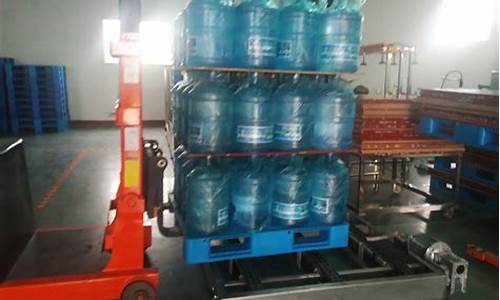Introduction
In the bottled water industry, efficiency and accuracy are paramount. Investing in a high-quality bottled water filling machine can streamline your production process and ensure consistent product quality. This article provides a comprehensive guide to quickly getting started with your bottled water filling machine, offering insights into its components, operation, and maintenance.
Understanding Your Bottled Water Filling Machine
Before diving into the operational aspects, it’s crucial to understand the main components of a bottled water filling machine. These machines are designed to fill, cap, and label water bottles with precision. The primary components include the filling head, capping unit, and conveyor system.
The filling head is responsible for dispensing water into bottles. Depending on the model, it may use gravity, pressure, or vacuum filling methods to ensure accuracy. The capping unit then seals the filled bottles with caps to maintain freshness and prevent contamination. The conveyor system transports bottles through the filling and capping stages, enhancing the overall efficiency of the process.
For a visual reference, consider the image below which illustrates a typical bottled water filling machine.

Operating Your Bottled Water Filling Machine
Once you are familiar with the machine's components, the next step is to understand how to operate it effectively. Start by setting up the machine according to the manufacturer’s instructions. This usually involves adjusting the filling volume, setting the conveyor speed, and calibrating the capping unit.
Ensure that the machine is clean and free of any debris before starting. Load the bottles onto the conveyor system and fill the reservoir with water. The machine will automatically handle the rest, filling each bottle with the preset amount of water and capping it securely. Regularly check for any leaks or malfunctions to prevent disruptions in the production process.
Proper training is essential for operating the machine safely and efficiently. Ensure that all operators are familiar with the machine's controls and emergency shutdown procedures.
Maintenance Tips for Longevity
Regular maintenance is key to ensuring the longevity and optimal performance of your bottled water filling machine. Here are some essential maintenance tips:
1. Daily Cleaning: After each shift, clean the filling heads and other parts that come into contact with water. This prevents contamination and buildup of residues.
2. Weekly Inspections: Conduct a thorough inspection of the machine’s components, including the conveyor system and capping unit. Look for signs of wear or damage and replace any faulty parts promptly.
3. Monthly Calibration: Calibrate the machine’s filling volume and capping pressure every month to maintain accuracy. This helps in ensuring that each bottle is filled and sealed correctly.
4. Annual Servicing: Schedule an annual servicing with a professional technician. This comprehensive check-up helps in identifying any underlying issues and ensures that the machine is operating at peak performance.
Conclusion
A bottled water filling machine is an invaluable asset for any water bottling operation, providing efficiency and precision in the production process. By understanding the machine's components, learning how to operate it correctly, and adhering to regular maintenance practices, you can maximize its performance and longevity. Implementing these best practices will not only enhance your production efficiency but also ensure the quality and safety of your bottled water products.






























